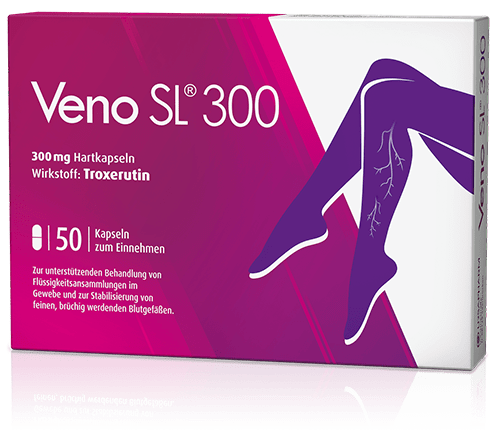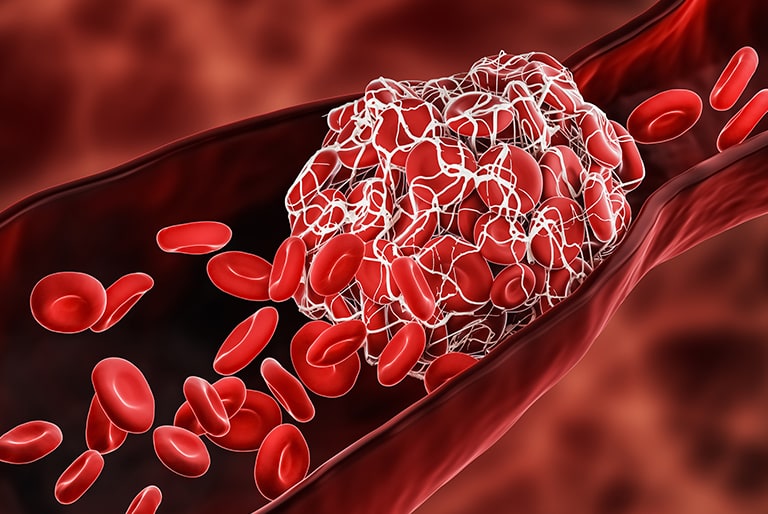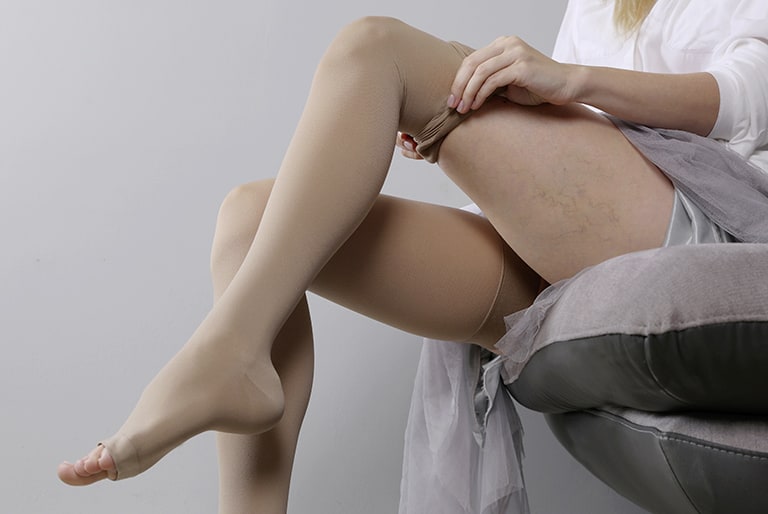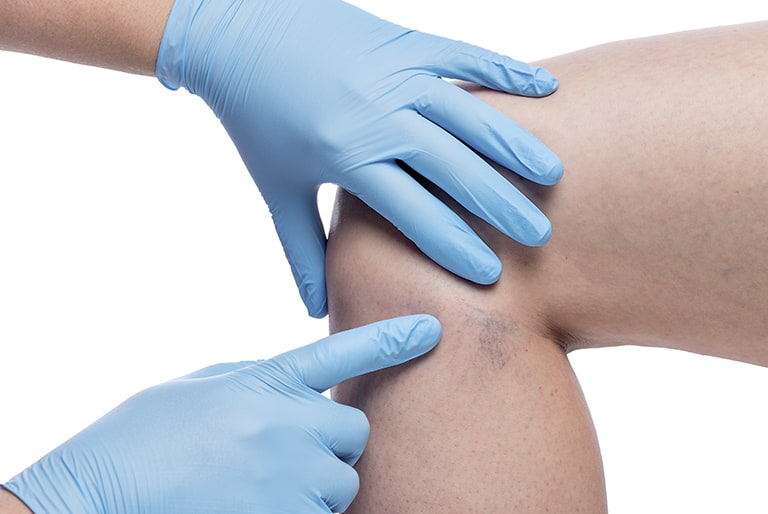Open leg (Ulcus cruris)
An open leg is not for the faint hearted. Because if a wound does not heal correctly after weeks and months, it is a huge strain for the afflicted. Often venous insufficiency is behind the problem, which at best should be treated as early as possible.
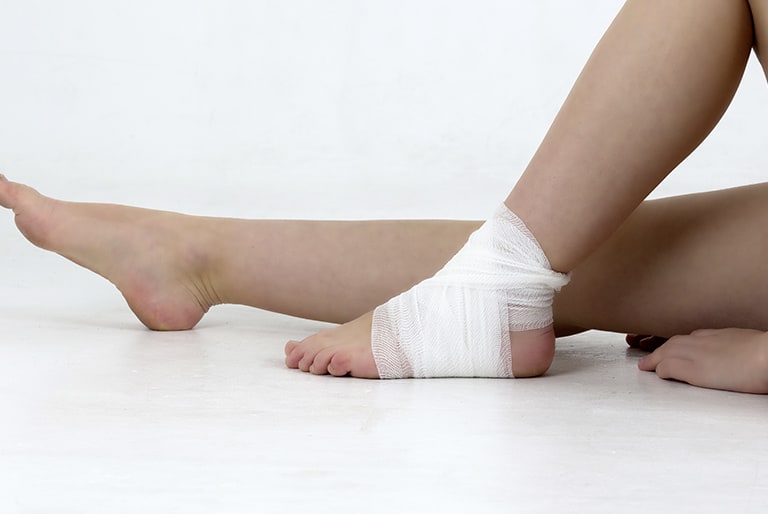
What is an open leg?
If a wound does not heal up in eight weeks, it is classed as chronic. But, before that, an open leg can already be a health risk if the wound is not professionally cared for.
What causes an open leg?
There are different reasons why a wound which will not heal forms on your leg. Basically, there is always a circulation problem. Common causes are:
- Venous insufficiency (chronic venous insufficiency).
- High blood pressure
- Thrombosis:
- Arteriosclerosis
- Diabetes mellitus
- Rheumatic diseases
- Smoking
- Metabolic disorders
- Hormonal changes
- Infections
- Tumours
In around 80 per cent of the cases1, there is venous insufficiency of the venous valves. Doctors then refer to that as Ulcus cruris venosum (venous leg ulcer).A venous disease usually announces itself with spider veins. Varicose veins are also a sure indication of a functional disorder of your veins. If your blood builds up in your legs, over time the tissue around your ankle will be damaged. That is why the first indications should be taken seriously and treated in good time.
How do you cure an open leg?
The aim of the therapy is to treat the cause, so that the open leg can heal up again. That is why your doctor will try to get control of the chronic venous insufficiency and to stimulate your circulation, in particular the onward flow of your blood towards your heart. The open wound also requires intensive treatment:
- because the wound has to be cleaned regularly when it starts to weep.
- Ointments can support the healing process.
- The vein function is supported by compression therapy, e.g. by using compression stocking or bandages.
- In extreme cases, it may be necessary to operate.
Usually, an open leg heals within three months after treatment. However, it may be that the afflicted have wounds that heal badly in the future.
Who treats open legs?
If a wound on your leg heals badly, your family doctor is your first point of contact. If a serious venous problem exists, they will refer you to a phlebologist, a specialist for venous diseases. Skin doctors, diabetologists and vascular specialist are familiar with the topic, depending on the underlying disease.
If you notice a slow-healing wound, you should consult a doctor as soon as possible. Open wounds should be treated immediately in order to prevent infection and complications.
1 Source: Deutsches Grünes Kreuz e.V.
